The Northern Lights, also known as the Aurora Borealis, are nature's grand light show, a rare spectacle that intrigues, inspires, and illuminates humans ever since.
They are caused when solar particles collide with the Earth's atmosphere.
As the Earth's magnetosphere gets bombarded by solar wind, charged particles are sent hurtling toward the North Pole.
These particles then react with oxygen and nitrogen in the Earth's atmosphere, producing the dazzling light displays we see.
The stronger the solar wind, the more intense the lights.
Sometimes, the lights move in patterns, with "curtains" or "waves" being the most common.
The term "Aurora Borealis" is derived from the Latin words "aurora" (meaning "dawn") and "boreas" (meaning "north").
The first probable accounts of the Northern Lights come from Aristotle in 343 BC, where he describes the phenomenon as "jumping goats" in the sky.
Here are 100 fascinating facts about this incredible natural phenomenon.
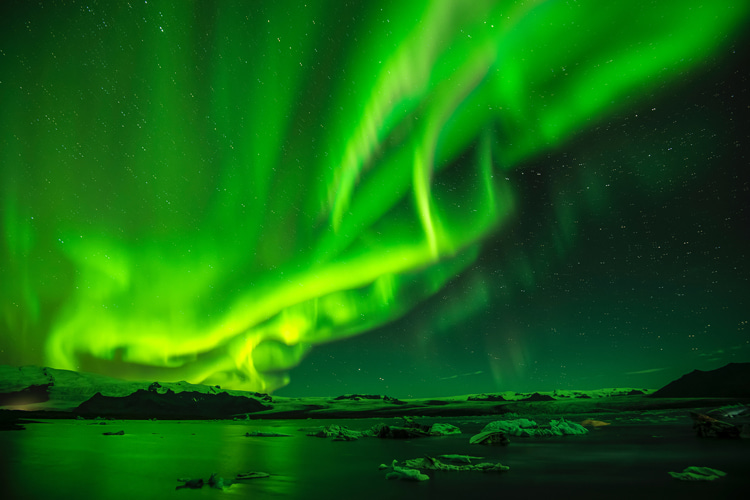
The Colors
The Northern Lights can appear in a variety of colors.
Their hues are influenced by the type of gas involved - oxygen or nitrogen - and the altitude at which the collision occurs.
The most common color, green, is produced by oxygen molecules located about 60 miles (97 kilometers) above the Earth.
Red auroras are produced by high-altitude oxygen at heights of up to 200 miles (322 kilometers).
Nitrogen produces blue or purplish-red aurora.
Although rare, yellow auroras can occur. This happens when green and red light mix, often due to the aurora happening at a specific altitude range.
The patterns and shapes seen during an aurora display are due to currents in the Earth's magnetosphere.
"Pulsating auroras" are a type where patches of brightness blink on and off.
Another type, "coronal auroras," seems to radiate directly overhead in all directions, resembling a crown.
Interestingly, on nights with a full moon, the auroras can appear brighter due to the reflection of the moonlight on snow and ice.
Conversely, city lights can dampen the effect, making remote locations ideal for viewing.
Cloudy nights can obscure the lights, emphasizing the importance of clear skies for a brilliant display.
Unlike rainbows, which are best seen during the day after rain, the auroras require dark, clear skies.
Some regions, recognizing the importance of dark skies for both astronomical and auroral observations, have established Dark-Sky Preserves (DSP), where artificial lighting is minimized, ensuring pristine viewing conditions.
Solar flares and coronal mass ejections from the sun can intensify the Northern Lights.
The strongest solar storm ever recorded, the Carrington Event of 1859, led to auroras being seen as far south as the Caribbean.
Bioluminescence, another natural light display in the sea, has sometimes been compared to the auroras due to its enchanting glow.
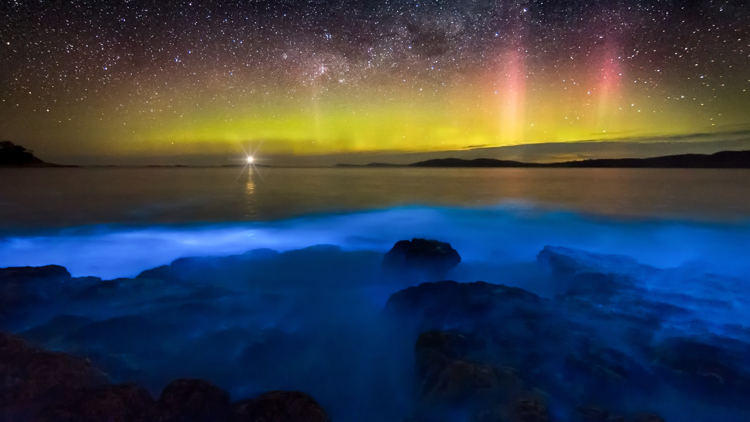
Geography of the Glow
While they are termed Northern Lights, they can be seen in the Southern Hemisphere, too, where they are known as the Aurora Australis.
Aurora Borealis are best seen from high-latitude regions of the planet.
Norway, Sweden, and Finland in Europe are famous for their Nordic winter night displays of color.
In North America, places like Fairbanks (Alaska) and Yellowknife (Canada) offer some of the best views.
Other spots include Greenland, Iceland, and the northern parts of Russia.
Timing and Forecasting
Winter months, between September and March, are the best times to witness this spectacle.
This is because these months have the longest nights, giving viewers the best chance to witness them.
The Northern Lights are more active roughly every 11 years, in line with the sun's cycle.
Today, scientists can forecast auroral activity, similar to how meteorologists predict weather.
Predictions suggest that the next peak in auroral activity will be around 2024-2025.
Scientists and aurora forecasters use the G-scale (from G1 to G5) to denote the severity of geomagnetic storms. Higher G-values indicate stronger storms and potentially more vibrant and widespread auroras.
Various online tools and apps provide real-time aurora forecasts for enthusiasts.
Elevation can affect viewing. Some travelers opt to view the lights from mountaintops or high-altitude planes.
Cruises along Norwegian coasts or Alaskan waters offer a unique vantage point from the sea.
For those who can't travel, live-streaming cameras in various locations provide a real-time view of the lights.
Believe it or not, auroras occur during the day, too. However, daylight makes them impossible for us to see. It's only during the long polar nights that we get the best displays.
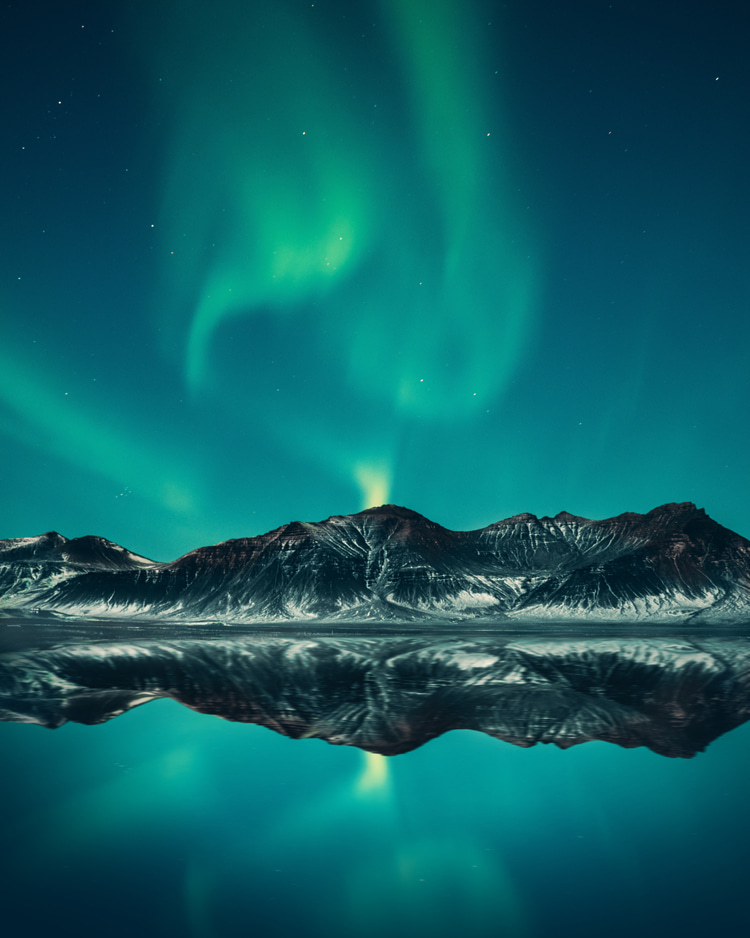
Capturing the Cosmic Dance
Time-lapse photography has allowed us to see the motion of the lights in ways previously impossible, revealing patterns and movements in intricate detail.
To photograph the Northern Lights, a camera with manual settings is crucial.
Using a tripod helps in capturing clear, sharp images.
A long exposure time (between 5 to 30 seconds) and a wide aperture (f/2.8 or lower) is usually recommended.
Setting the camera's ISO between 800 and 3200 helps in capturing more details.
It's best to use a wide-angle lens to capture the vast expanse of the sky.
A Celestial Symphony
Some say that the Northern Lights produce sounds. Witnesses have reported hearing claps, crackles, and static-like sounds during a display.
While this has been a topic of debate, research in Finland confirmed that during active auroras, "clapping" sounds can occur about 230 feet above the ground.
The exact mechanism causing these sounds remains a mystery, making it yet another fascinating aspect of the phenomenon.
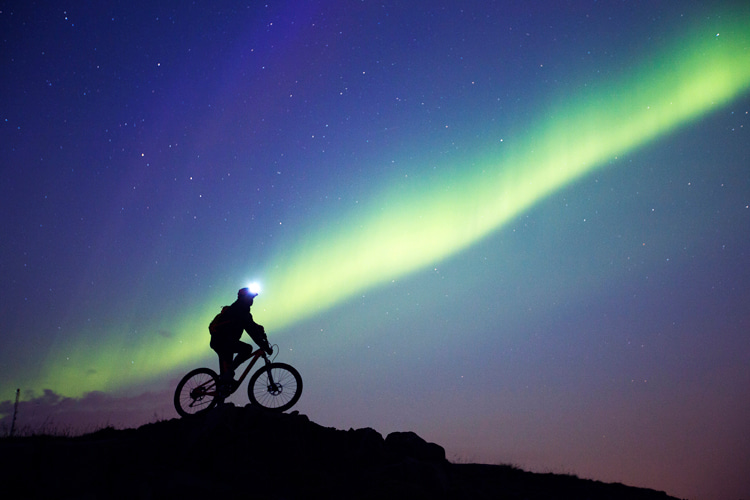
Space and Exploration
Yes, astronauts can see the Northern Lights from space.
In fact, from the International Space Station (ISS), the lights appear as an ethereal ring surrounding the Earth.
Some astronauts describe the view as one of the most awe-inspiring sights they've ever seen.
In 2018, NASA launched the Aurorasaurus, a tool that combines citizen science, social media, and real-time reporting to track aurora sightings.
Satellites have been deployed, such as the European Space Agency's (ESA) Cluster mission, to study the phenomenon.
Studies have shown that auroras are not exclusive to Earth. The Hubble Space Telescope has identified aurora-like phenomena on distant gas giant exoplanets, further emphasizing that this isn't a phenomenon exclusive to the Earth.
Other planets, like Jupiter, Saturn, and Mars, also experience them.
Mars experiences auroras in areas with localized magnetic fields, but since it lacks a global magnetic field, this creates a unique auroral display compared to Earth.
Earth's southern counterpart, the Aurora Australis, remains less observed due to the sparse population in Antarctica, but it's just as captivating.
The "auroral oval" is the ring-shaped region where the auroras are most frequently observed.
The natural event also emits ultraviolet and infrared radiation, although these are invisible to the human eye.
Radio waves can bounce off the ionized particles caused by the auroras, enabling long-distance radio communication in certain conditions.
On the flip side, studies have shown that the charged particles can sometimes disrupt GPS signals, satellite communications, and even power grids on Earth.
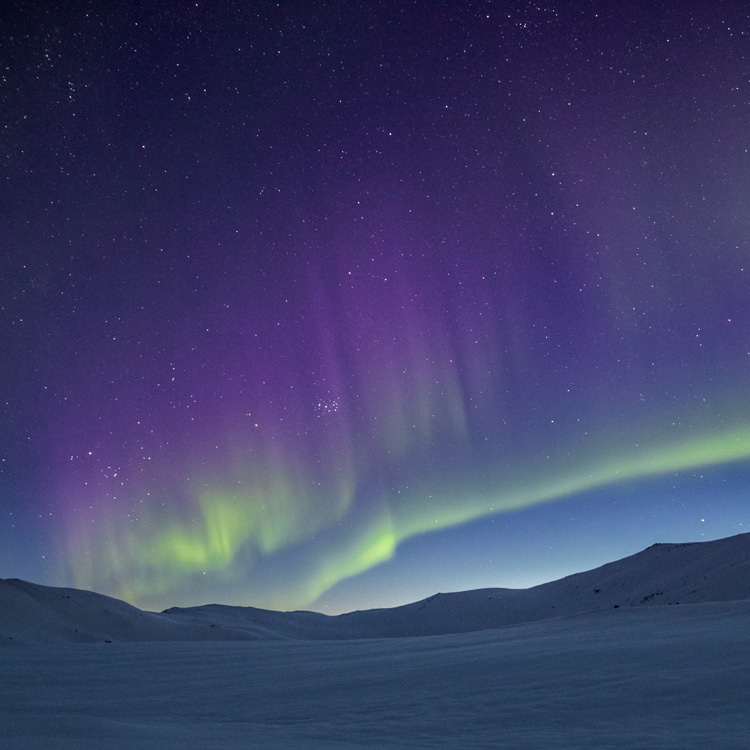
Cultural Echoes and Artistic Inspirations
The Northern Lights have made their mark in various cultures and folklore.
Some Indigenous peoples of North America believed they represented the spirits of the deceased.
The Vikings believed they were the shining armor of the Valkyries.
Ancient Chinese texts, dating back to 977-957 BC, contain references to the auroras, indicating humanity's long-standing fascination with them.
In Russian folklore, the Aurora Borealis were perceived as the fire dragon, reflecting the battle of cosmic forces in the skies.
Painters, from Renaissance artists to contemporary ones, have also tried capturing their essence on canvas.
Famous classical Finnish composer Jean Sibelius was inspired by the lights and composed a piece called "Tapiola," evoking the spirit of the Arctic wilderness and the Northern Lights.
In modern times, they have been depicted in films like "Frozen" and the TV series "Northern Exposure."
Films like "The Golden Compass" have incorporated the mystique of the Aurora Borealis into their narratives.
TV shows like the BBC's "Stargazing Live" have hosted episodes dedicated to the lights, educating and enchanting viewers.
Philip Pullman's fantasy trilogy, "His Dark Materials," features a city in the Northern Lights, which plays a crucial role in the narrative.
Contemporary music artists, such as Norwegian singer Aurora, have also been inspired by this natural wonder.
The lights have also found their way into literature, inspiring poets and authors across ages and regions.
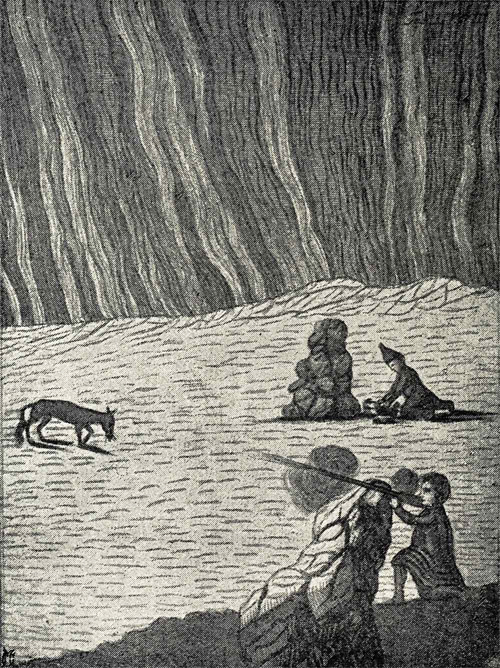
Historical Encounters and Legends
Indigenous cultures have lived alongside the Northern Lights for thousands of years, leading to rich oral traditions and stories associated with the lights.
Norse mythology suggested that they were reflections of the shields of the Valkyries, female warriors who would choose those who may die and those who may live in battles.
The Finnish name for the lights is "Revontulet," which translates to "Fox Fires." According to legend, an Arctic fox dashed across the snow, and where its tail touched, sparks flew into the sky, creating the Northern Lights.
For the Inuit of Alaska, the lights were the spirits of animals they hunted: seals, salmon, and deer.
Some Canadian Inuit believed the lights to be the spirits of their ancestors playing a game of football in the sky.
The Sami people of Lapland believed the lights had the power to resolve conflicts.
Historic explorers, like Captain James Cook, documented their encounters with the auroras during their voyages.
These narratives have provided scientists with historical data, offering insights into solar activity and its patterns over centuries.
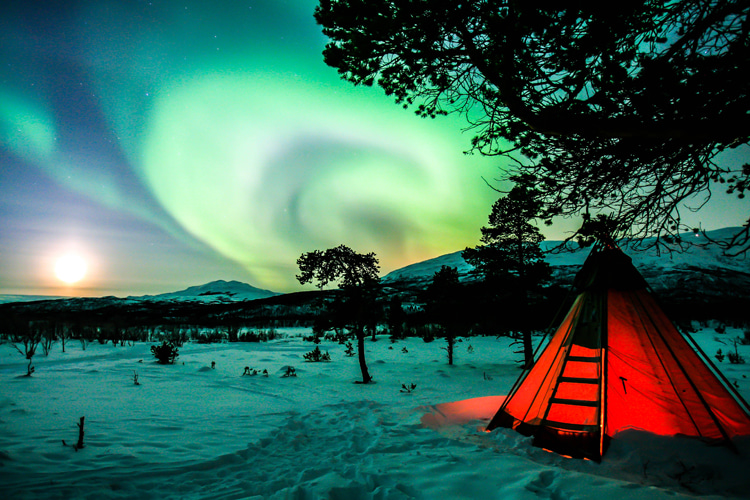
Economy, Tourism, and the Lights
Tourism related to the Northern Lights has seen a significant rise in recent decades.
Countries like Norway and Iceland heavily promote Aurora tourism.
Some tour operators offer Aurora chasing programs where groups are taken to different locations to get the best view of that night's display.
Hotels in prime viewing locations sometimes offer Northern Lights wake-up calls to alert guests when the lights are visible.
Igloo hotels, glass cabins, and ice hotels provide unique viewing experiences for tourists.
Aurora-inspired festivals, like the Reykjavik Winter Lights Festival in Iceland, attract tourists worldwide.
The economic benefit of Aurora Borealis tourism is profound for places like Tromsø, Norway, where the industry has seen steady growth over the years.
Communities in these regions often work towards preserving the dark skies, leading to better conservation efforts and reduced light pollution.
Some modern-day retreats and wellness centers in Aurora-prone regions incorporate Northern Lights viewing as part of their therapeutic relaxation and meditation sessions.
Professional surfer Mick Fanning has once ridden waves under the magical green lights in Lofoten, Norway.
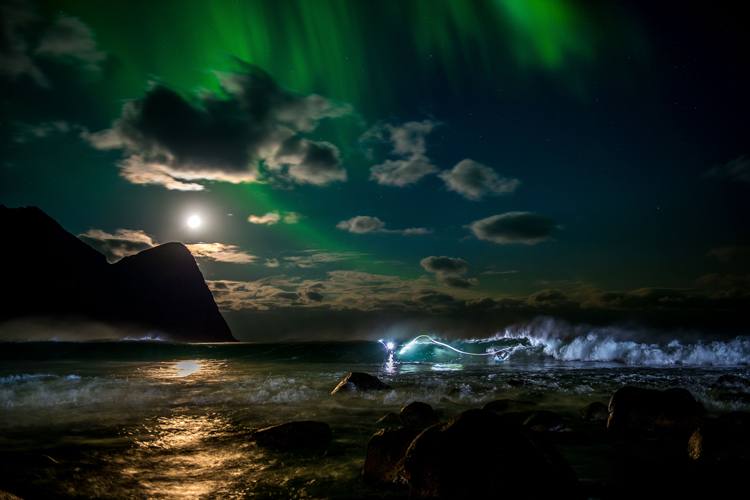
Miscellaneous Marvels
Some studies suggest that strong auroral activity can impact the navigational abilities of whales, causing strandings.
During World War I, the auroras were so bright in some places that soldiers could read their maps at night.
In 2016, scientists discovered a new kind of aurora and named it "Steve" in honor of a reference from the animated film "Over the Hedge." Later, it was given the scientific name "Strong Thermal Emission Velocity Enhancement" (STEVE).
Historically, some cultures viewed the lights as omens or warnings from the gods.
While more research is needed, anecdotal evidence suggests that certain animals become more active or agitated during significant auroral displays. Whether this is due to the light, a sensitivity to the magnetic changes, or merely coincidental remains a subject of study.
Studies have started to investigate the relationship between climate change and the frequency of auroras. As the Earth's atmosphere changes, it's yet to be seen how this might impact our beloved light displays.
